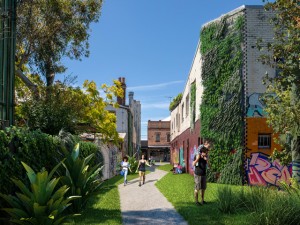
Design / Design Concepts / Environmental Management / Green Walls & Green Roofs / Landscape / Landscape Architecture / Landscape Construction / Landscape Design
Where Will all the Trees Be?
Green v Grey: What will our cities look like as temperatures and populations rise? Australia’s largest urban greening initiative has revealed 67 percent of suburbs and cities across the country will face significant challenges in growing and maintaining green cover in the future, as our cities grapple with a rising population, and grey spaces expand...
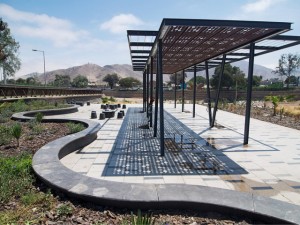
Design Concepts / Environmental Management / Landscape / Landscape Architecture / Landscape Construction / Landscape Design
Should the Grass be Greener?
Not all Parks Should be Green: 10 Tips to Design Landscape Infrastructure Does it make sense to design green parks in desert cities such as Casablanca, Dubai, or Lima? Ostensibly it does because they contribute freshness and greenness to the urban environment. In exchange, however, they disrupt native local ecosystems, incur high maintenance bills, and...
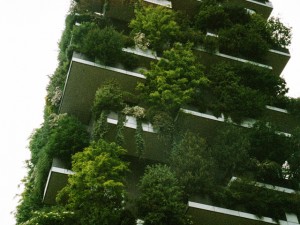
Design / Design Concepts / Erosion Control / Garden and Public Art / Green Walls & Green Roofs / Landscape / Landscape Architecture / Landscaping - Soft
Urban Designer Calls for Greener Neighbourhoods
Urban designer calls for a shift to greener, self-sufficient neighbourhoods with multifunctional streets in a post-pandemic world. The recent change in the way people live, travel and work presents a unique opportunity for urban developers and designers to improve issues such as the liveability of our neighbourhoods and access to public spaces. A Perth urban...
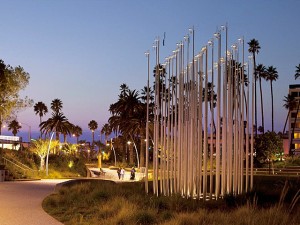
Design Concepts / Landscape / Landscape Architecture / Landscape Construction / Landscape Design / Landscaping - Hard / Landscaping - Soft
New Guide to Universal Design
The American Society of Landscape Architects (ASLA) has published a new Guide to Universal Design. According to the ASLA, one billion people, or 15 percent of the global population, experience some form of disability. The new guide explores the ways in how Universal Design means that everyone, regardless of ability or age, can access and...
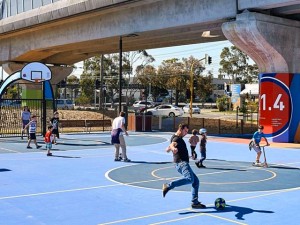
Big Doesn’t Always Mean Bad
Provision of well-engineered transport, energy and other service infrastructure is essential to good urban functionality. But as Australia undergoes an infrastructure boom, let’s not forget these major works can and should contribute to the social, cultural and human qualities of our cities. Urban infrastructure can range in scale, from the metropolitan to the human, from...
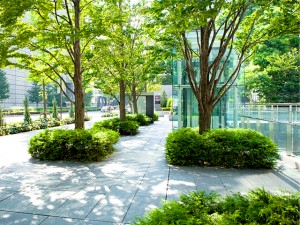
Design Concepts / Environmental Management / Erosion Control / Horticulturalists / Landscape / Landscape Architecture / Landscape Construction / Landscape Design / Landscape Structures / Landscaping - Hard
Green Infrastructure to Make Cities More Liveable and Sustainable
The Australian Institute of Landscape Architects (AILA) has released a Green Infrastructure Position Statement calling on non-government agencies, industry organisations and governments at all levels to make significant progress towards improving the liveability and sustainability of urban and regional settlements through Green Infrastructure. Green infrastructures are the strategically planned networks of natural and semi-natural areas...

Environmental Management / Green Walls & Green Roofs / Horticulturalists / Landscape / Landscape Architecture / Landscape Construction / Landscape Design / Landscape Structures / Street & Outdoor Furniture / Street and Outdoor Furniture / Uncategorized
RECYCLED IS THE NEW BLACK
With global consciousness about the environment growing, eco-friendly, recycled and composite products are becoming the new norm in the construction industry. The market for environmentally sound building materials is changing. If you think bamboo can just be used to grow beans up in your garden, think again. BAMBOO AND MODIFIED TIMBER Pandas aren’t the only...
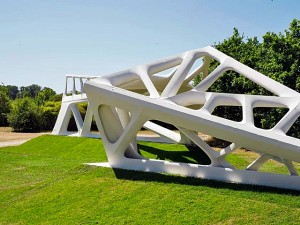
Design / Design Concepts / Drainage / Environmental Management / Garden and Public Art / Landscape / Landscape Architecture / Landscape Construction / Landscape Design / Landscape Structures / Landscaping - Hard / Solar Power / Storm & Waste Water Systems / Water Management
Shaping the Future of Urban Living
In the coming 30 years, Australia’s population is projected to increase by 11.8 million people – the equivalent of adding a city the size of Canberra each year for the next 30 years. As Australia’s largest cities face a watershed moment in their growth and development, many are looking far and wide to the next...
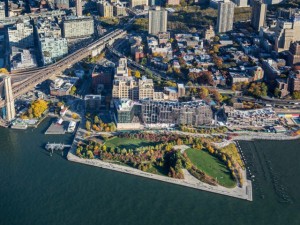
Design / Landscape / Landscape Architecture / Landscape Construction / Landscape Design / Landscaping - Hard
Landscape Architects Can’t Rely on Architecture-Centric Media
Landscape architects need to fly the flag for their profession if they are to receive the recognition they rightly demand and deserve, says Charles A. Birnbaum, president and CEO of The Cultural Landscape Foundation. The biggest problem facing landscape architects, according to a recent survey in World Landscape Architecture (WLA), an online magazine based in...
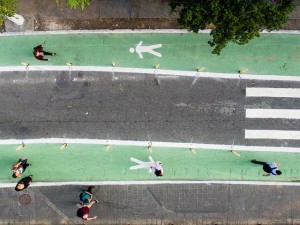
Bricks & Paving / Design / Design Concepts / Landscape / Landscape Architecture / Landscape Construction / Landscape Design / Landscape Structures / Landscaping - Hard / Street & Outdoor Furniture
Five Cities That Made Their Streets Safer with Urban Design
In 2015, the world community pledged to decrease half the number of deaths and grave injuries caused by traffic accidents by 2020. However, more than 3200 deaths caused by collisions occur every day, and with the growing number of vehicles, that number can only triple by 2030. As is expected, cities with poorly designed streets...
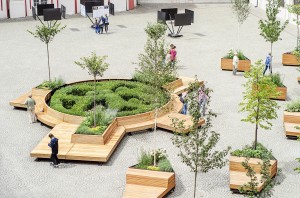
Design / Design Concepts / Environmental Management / Garden and Public Art / Landscape / Landscape Architecture / Landscape Construction / Landscape Design / Landscape Structures / Street and Outdoor Furniture / Water Features
The Public Space Moment
Public spaces are having a moment. People from outside the field of urban planning are beginning to notice the vital contributions they make to our quality of life: inserting nature and cultural memory into the everyday, reminding us of our collective responsibilities, supporting democratic expression. People are also beginning to notice the subtle ways in...
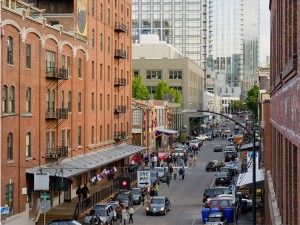
Walkable Urban Neighbourhoods
I have lived in neighbourhoods where you can walk around, to a store, a movie, a restaurant, for 40 years, counting my college days. I grew up in a ranch house with a driveway, but came to adulthood in foot-based parts of cities. Others have also rediscovered the joys and benefits of walkable places. They...









